At Elon University, music production and live sound students aren’t just reading from textbooks; they’re learning hands-on with the same premium gear trusted by top professionals. Rick Earl, Production Manager for Cultural and Special Programs, plays a key role in shaping that experience.
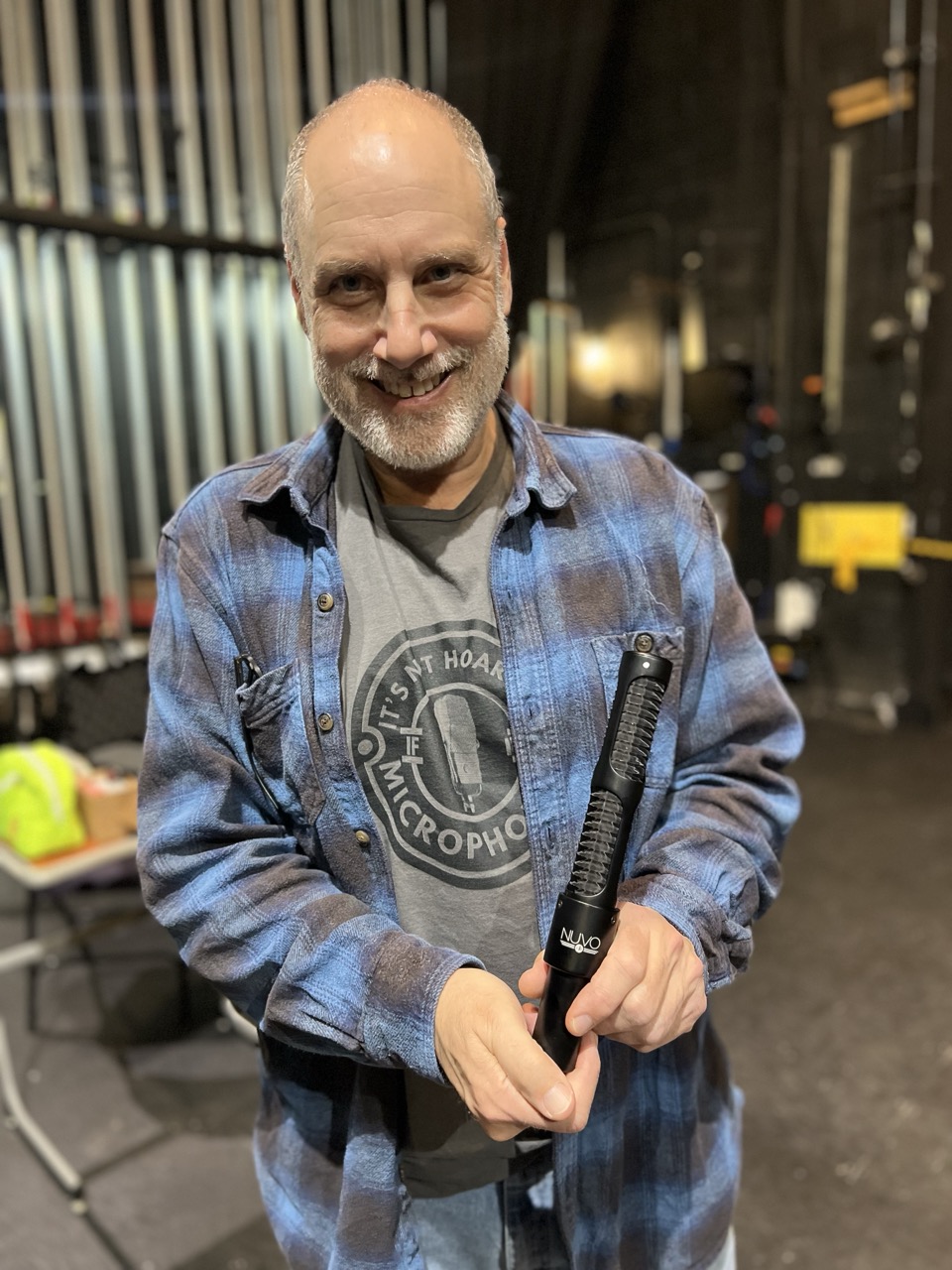
With a life-long career in live sound that spans mixing bands as an independent engineer to managing large-scale productions for universities and production companies, Earl brings real-world knowledge directly into the classroom and onto the stage.
He also helps develop Elon’s live sound curriculum and guest lectures in several courses. His technical direction ensures students are ready to make informed choices in high-pressure environments where sound quality, mic selection, and signal flow matter.
In this interview, Earl shares why ribbon microphones have become foundational to his work. From live bluegrass festivals to voice recitals and drum overheads, he discusses how his extensive AEA collection offers a practical and inspiring way for students to understand the relationship between source, space, and sound.
How would you describe your philosophy when it comes to capturing live sound?
That’s definitely something that has evolved over time. I cut my teeth on rock-and-roll and hard rock bands — pretty much throw an SM57 on it and turn it up. But back in the early to mid-’90s, I found myself doing a lot more jazz and acoustic acts and really had to work hard to get the sound I wanted from the typical mics.
Now, I look at capturing sound as naturally as possible. The ultimate goal is no EQ except maybe a high pass filter.
You’ve been a vocal advocate for using ribbon microphones for that. What draws you to them for onstage work?
About 25 years ago, I was front of house at an acoustic music/bluegrass festival. The monitor engineer and I decided to audition mics for one-mic bands. We tried everything in the box, and an old RCA 44 was by far the best. It was smooth, consistent, and natural.
I would like to say that is where it ended, but for quite some time, I continued to use large diaphragm condensers. The ribbon kept nagging. So I did a little more research and actually built a couple of them and abused the crap out of them to see what they could handle.
It was finally an event with [violinist] Itzhak Perlman that pushed me over the edge. The event was in a 2,500-seat hall with not-ideal acoustics. Mr. Perlman was not keen on close mics, and I knew that an AEA 44 was used on one of his favorite recordings, so I borrowed one from AEA. Mr. Perlman was pleased, the audience was mesmerized, and I was sold.
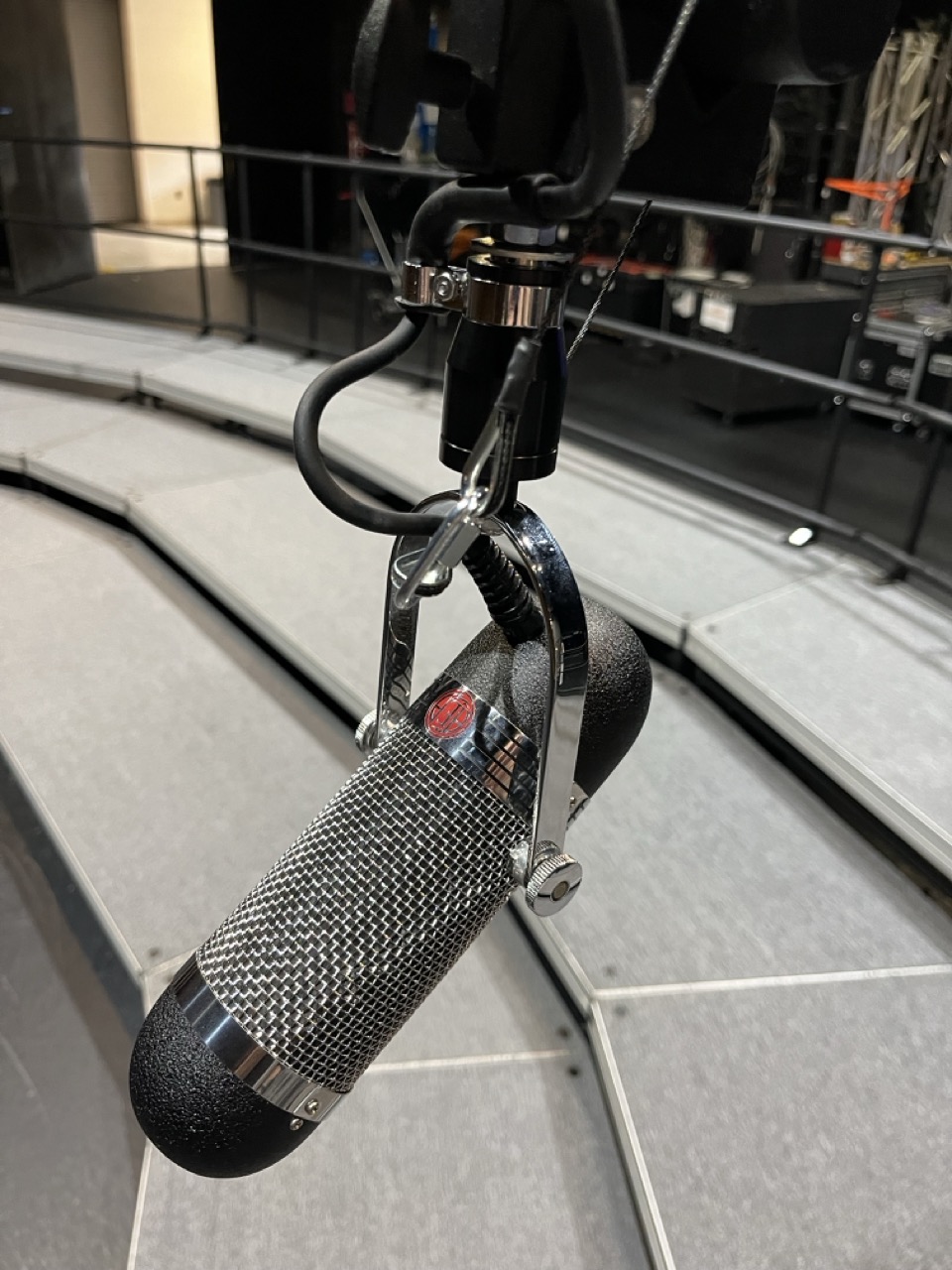
You use a lot of AEA mics in particular. Which models do you use most often, and how do you typically use them?
Although I have every model except a KU4, I would say the NUVO series gets the most work. They are a nice size and weight, so they are easy to deploy and place. Right now, I am sitting at front-of-house before a show, and there is a pair of N13s on the piano, another on the nylon string guitar, N8s as drum overheads, and an N22 on the guitar amp.
When I set up for a big band, I usually put the N22 on all the reeds, the N8 on the trombones, and the N22 or KU5A on trumpets. I usually put out an R44 for soloists and vocals and often end up with the R84 as overheads on the drum kit.
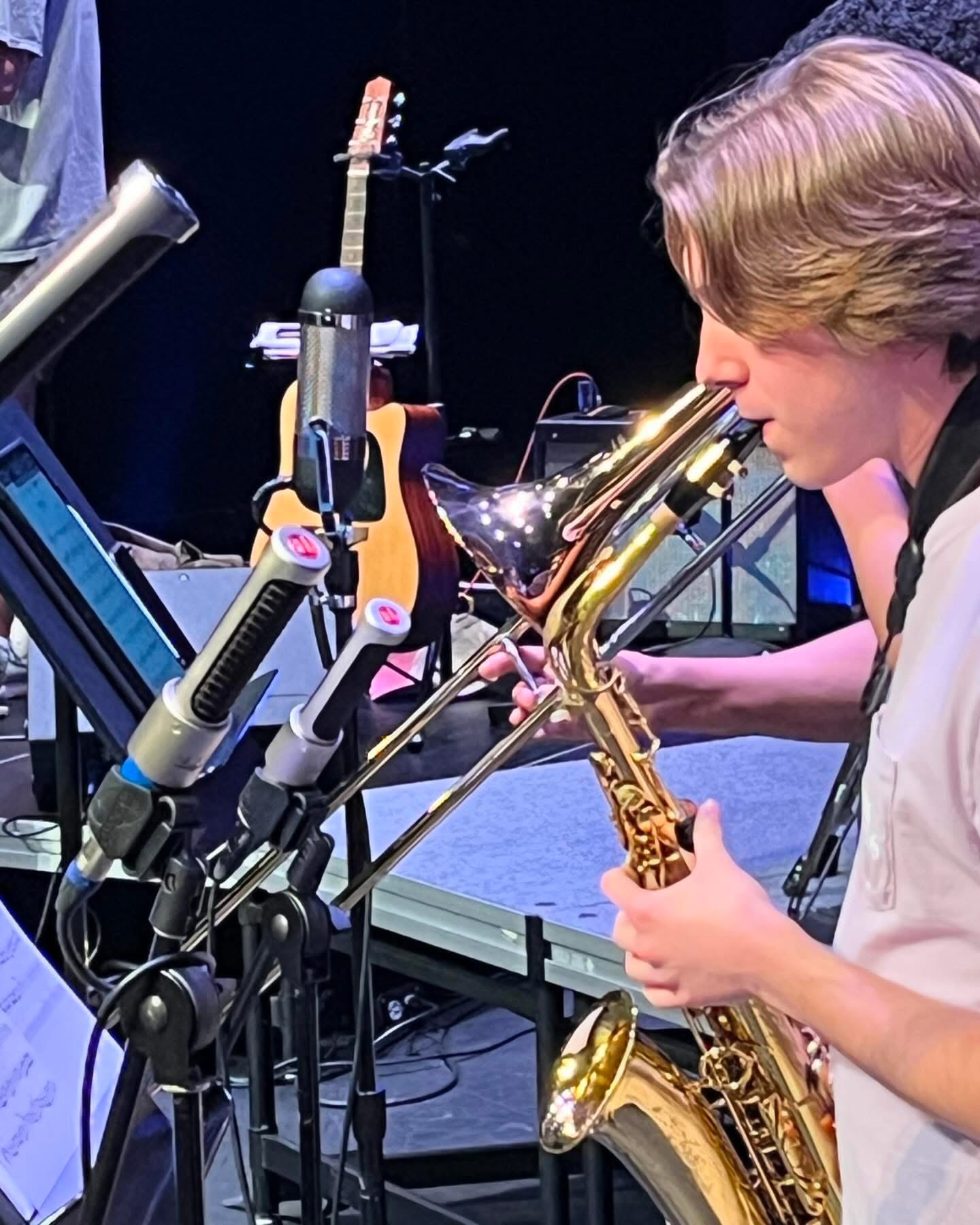
How do your students respond when they first hear a ribbon mic at work? Are there any memorable “aha” moments?
The most recent aha moment was a play in which there was a gospel singer. The star actor was on a wireless lav, but the singer sat on the side of the stage in front of an AEA R44CX. When her mic was brought up in rehearsal, there was an audible gasp by the crew, and then smiles.
Another student recently recorded a voice recital and compared the AEA N28 and the R88 stereo mics. It was fascinating to watch him discover the subtle differences in their sounds.
Just last week, a concert had 15 out of 33 mics as ribbons chosen and mixed by a student. And over the weekend, a student recorded grand piano from the player’s perspective with an N28 and a spaced pair of N8s. So, they want to use the mics. They know they make a difference, and that is fun to watch.
How do you teach students about choosing the right microphone for a source?
This is probably the toughest question of the bunch. So much goes into it. What are you miking? What do you want it to sound like? What else is going on around it? Will the mic fit? For grand piano, an open lid is different than a closed lid. An R84 won’t fit with the lid closed, but an N13 will!
Ribbons are also great on brass and reeds unless the musicians move around and need to be wireless — although I did put a transmitter on an N13 and clamped it to a sousaphone. Man, WHAT A SOUND! Tonight’s show, for instance, has nine singers on wireless. But even then, we pick elements to fit vocal style.
And an R44 and an N8 both sound great on vocals, but I find that a singer will back off a 44 a bit more, so it forces a different mic technique. We talk about all of that.
How do ribbon mics help teach concepts like mic placement, signal flow, and tonal shaping more effectively than other mic types?
Using ribbons actually makes you more aware of all your mic placements. A bi-directional ribbon makes you think a little bit more about the backside of the mic. But if it is well placed, you get some amazing isolation, even with 20 to 30 ribbons on stage. The concept is pretty simple and easy for students to grasp when talking about the null.
Then we look at tone. For example, an N13 has a bit more transient response, and the N22 has a little less proximity effect. So, when making our choices, we keep those concepts in mind.
I tend to be a minimalist in signal flow as well. The idea is to be as natural as possible. Most of my mics are active, but I might use a lifter of some sort to impedance load passive ribbons. If I can, I will use my AEA preamps before the console.
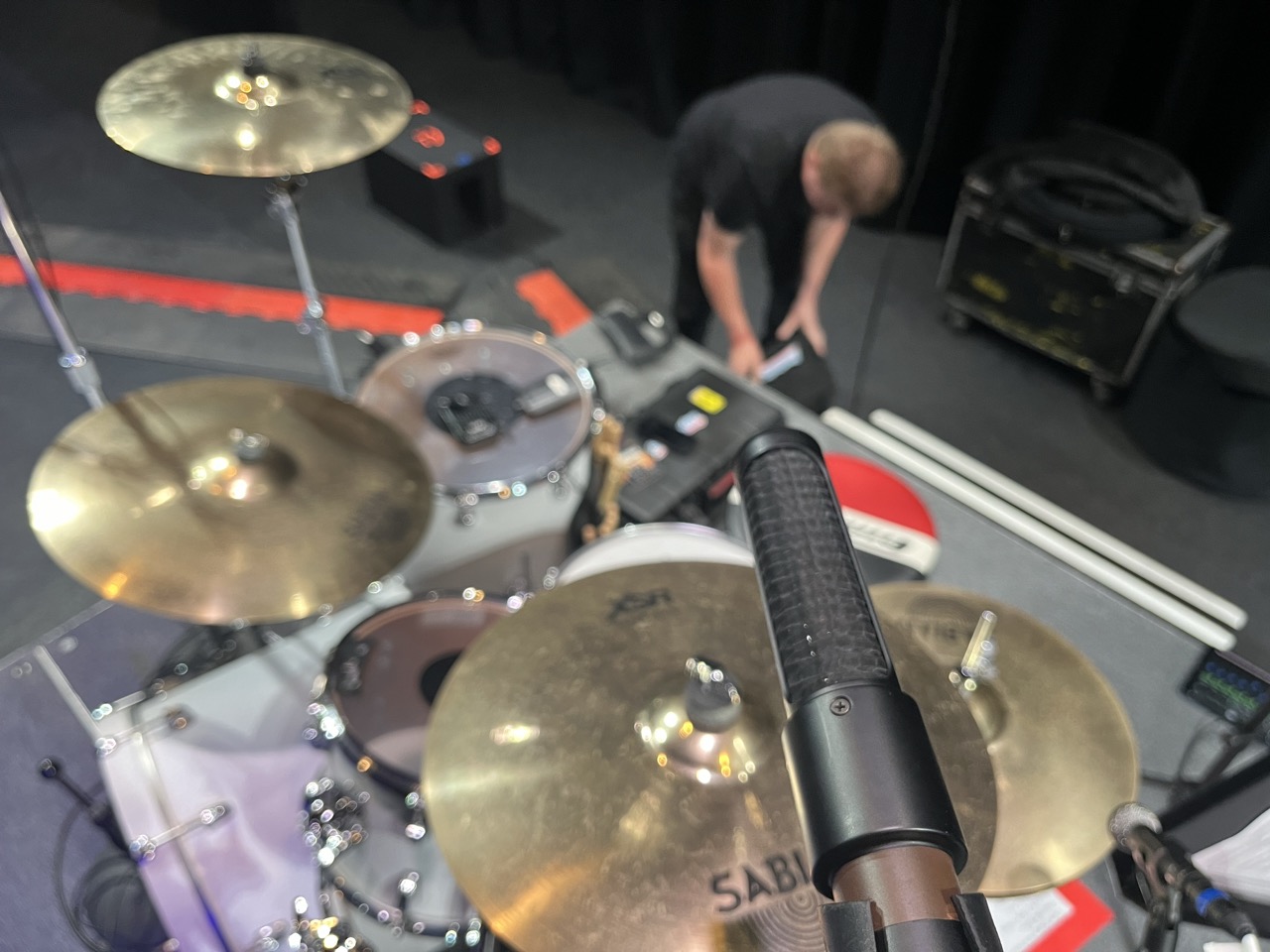
How do you think exposure to high-end, purpose-built equipment prepares students for careers in audio?
Having timeless gear on hand, like AEA ribbons and preamps, and a good selection of solid gear helps when planning to get the sounds you desire. You can’t tell how anything sounds from a spec sheet. It’s even hard to tell from online samples. But put it in their hands, let them listen, and that mic will be imprinted in their internal library. I know. I watch them make choices and defend their choices. They are usually good.
Also, sound systems have gotten better, and it is hard to hide mediocre sources. So, I really stress the importance of using quality basics. I even have friends in the industry that are beginning to call me about using ribbons again. They are using them live, some on tour, and the students are aware of this.
What advice would you give other educators considering adding ribbon mics to their curriculum or mic locker?
Get some, use them, let the students use them, and don’t be afraid of them. They are a great teaching tool and offer another way to capture audio in the studio and on stage. They are not as fragile as you think. I have yet to re-ribbon any of my mics. I have had more repairs needed on condensers and dynamics.
Recently, I got a brand-new ribbon, a model I never even tried before, and the day it arrived, I unboxed it and then handed it to a student to take home and try out. He was afraid but did it and brought it back unscathed and all smiles. I am happy to say he has asked to borrow it for two more projects this month.
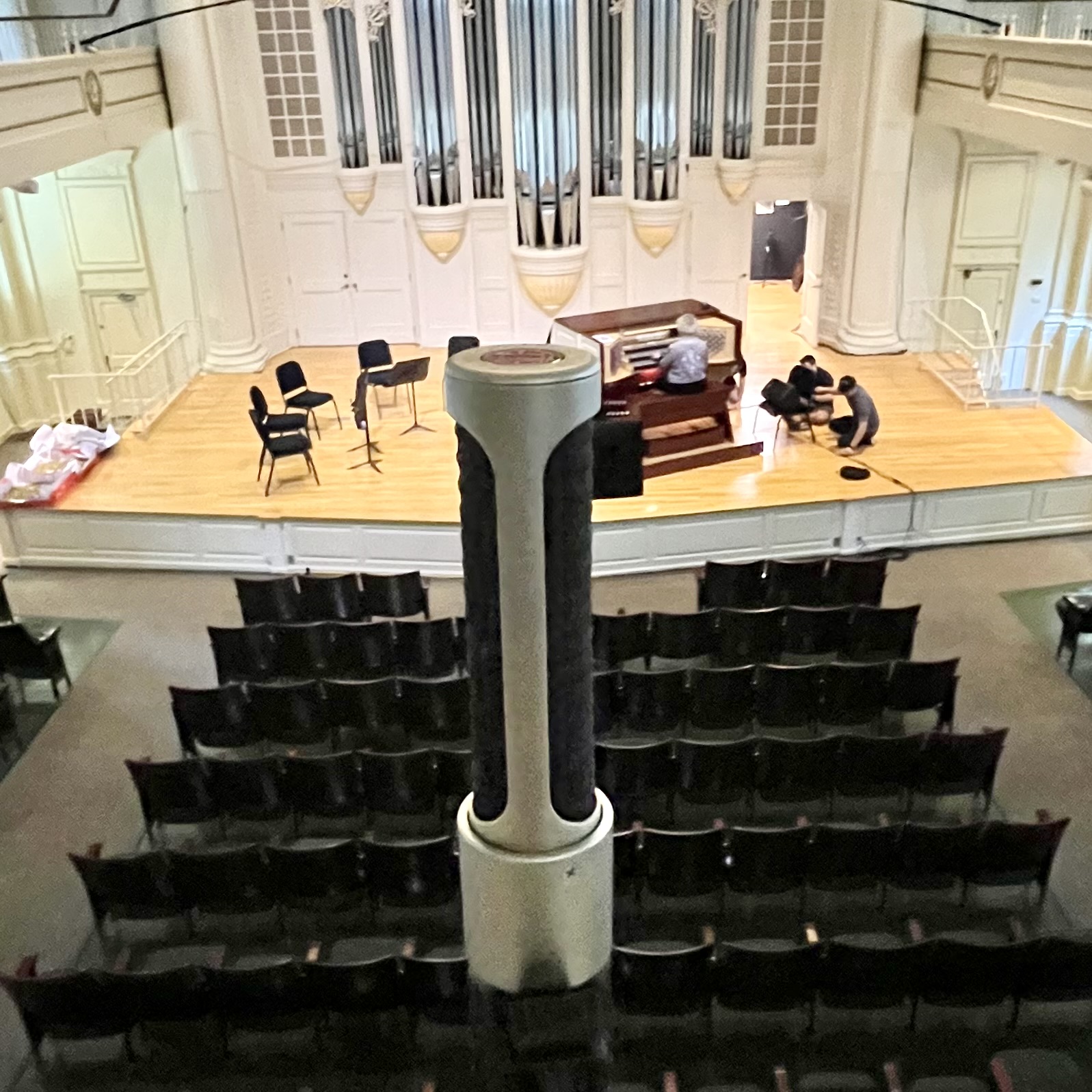
If you had to summarize the value AEA mics bring to your work and program at Elon University, how would you do it?
We get frequent compliments on our audio work. Much of that has to do with the quality of AEA ribbon mics and what they bring to the table. Our students also get a chance to work with high-end gear, and not just occasionally for something special.
And the one thing AEA has that has always been important is an active customer-focused business model. Since my first interaction with you in the ’90s to just yesterday, you take the time to get to know me, to listen to me, and to help me. You have time for my students, you seek information, and you constantly work to develop new and better products. My number one goal is to be constantly improving, and it makes it easier to attain that by working with companies with the same goal.
Also, AEA designs and manufactures high-end microphones and electronics in the USA; you don’t make clones, and you don’t cut corners. I know the people behind the gear. They have pride and integrity in all that they do, and that has value.